Less business gets transacted at SF conventions than I was solemnly assured was the case when I was a young writer, but sometimes it does happen. One of those occasions occurred when Jim Baen gave a quite wonderful dinner for a dozen or so friends and authors who were attending World Fantasy Con.
Jim had been publishing Roger since the early ’70s when Jim was editor of If and Galaxy magazines. I was delighted to see Roger at the dinner, but I assumed we were both there as old friends of Jim.
True… but as Roger explained during the meal, there was also a project. He’d planned a shared universe involving a series of reverse quests: returning four magical talismans to their hiding places now that the Forces of Good have defeated the Evil Wizard.
Roger would write the opening and closing segments and had plotted the quests in some detail. He’d enlisted his friends Jane Lindskold (present at the dinner), Mike Stackpole, and Bob Asprin to write three of the four stories. He’d arranged for Bill Fawcett (my friend and Jim’s, also present at the dinner) to handle the business side; no one could be more trustworthy. And before dinner, he’d sold Jim on publishing the volume.
That left one obvious hole in the project. As everybody at the dinner stared, Bill said loudly to me, “Gee, David. Who do you think we could get to do the other story?”
I immediately suggested the writer sitting across the table from me. She just as quickly turned it down, noting that she was too busy.
Me too, but the real trouble with Forever After for me was that it called for whimsically funny fantasy with a serious core — the sort of thing that Roger Zelazny did better than anybody else in the field, and I didn’t do at all. I wasn’t sure that I could handle the job. Normally that’s all right — I learn by trying new things, which means sometimes I fall on my face. But I didn’t want to fall on my face in front of Roger Zelazny, a writer I’d idolized for decades, even if it was his idea that I try.
I tried anyway. Roger sent me the opening segments (which I thought were hilarious) and the pages of plot for my portion. I used Roger’s own “The Furies” as my stylistic model. It’s an extremely funny story on the surface and gut-wrenching just below that surface. To my mind it’s one of the best SF stories ever written.
I did my story; the other people did their stories; and Roger wrapped up the project to his own enthusiastic satisfaction. He phoned me at the beginning of May to see if I’d join him and other Forever After writers on a panel at WFC ’95 in Baltimore (the city in which he started his writing career). In the course of the conversation he told me he thought my segment was funny and added that he was delighted with what all the writers had done with his concept, especially Jane.
I wish Roger was writing this afterword.
I wish I was going to see Roger again in Baltimore.
I wish I was going to read more wonderful Roger Zelazny fiction.
He gave me and the field so much that it isn’t right to complain that he isn’t around to give us more. I miss him anyway.
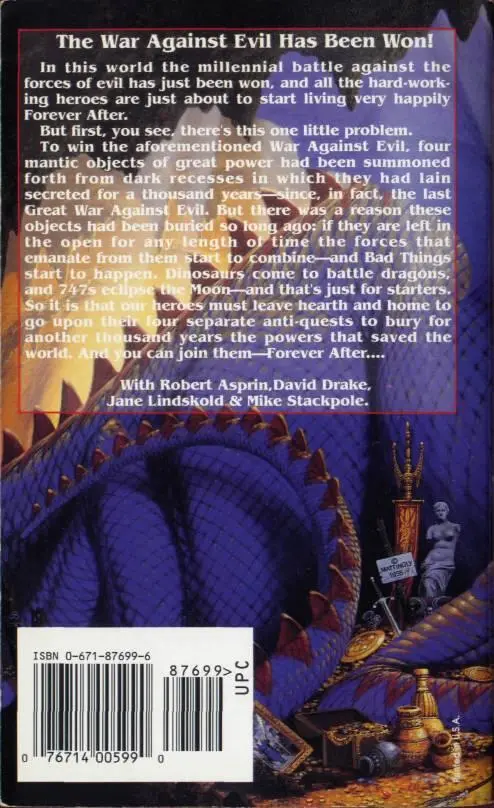
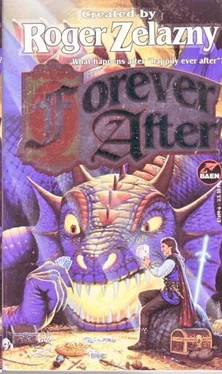

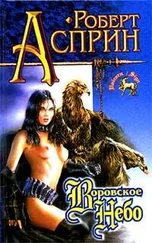
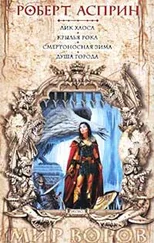
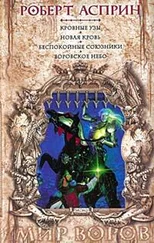
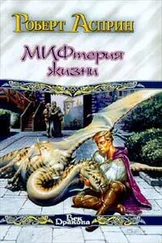
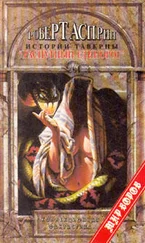
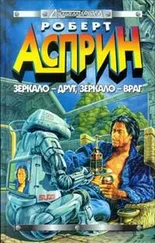
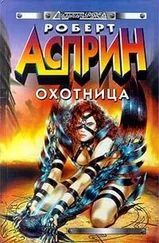
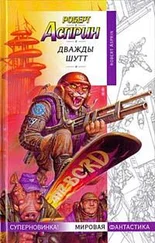

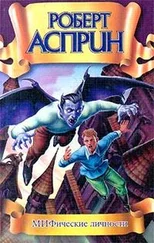
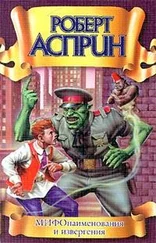
![Роберт Асприн - МИФЫ. МИФОнебылицы [сборник litres]](/books/434375/robert-asprin-mify-mifonebylicy-sbornik-litres-thumb.webp)